The Buddha
“Always seek emancipation with diligence, destroy the darkness of ignorance with the light of insight, and promptly reach the abode where there is no separation.”
-The Buddha’s final instructions to his disciples
The Awakened One
The Birth of the Buddha
Our story begins in ancient India. In the year 563 BCE, a male child was born to a noble who is said to have ruled a principality located near what is now the border between India and Nepal in the foothills of the Himalayan mountains. The name of this noble was Suddhodana and his wife’s name was Maya. Both belonged to the clan Shakya and lived in the city of Kapilavastu. Suddhodana beonged to the ksatriya, or warrior caste, the second-highest caste behind that of the Brahman. The birth of their son took place in the Lumbini Garden, located a short distance from the city. The prince was named Siddhartha, which means “Aim Attained” or “All Goals Accomplished.” He was known by the name Siddhartha Gautama. His mother having passed away shortly after his birth, his aunt Mahapajapati helped to raise him.
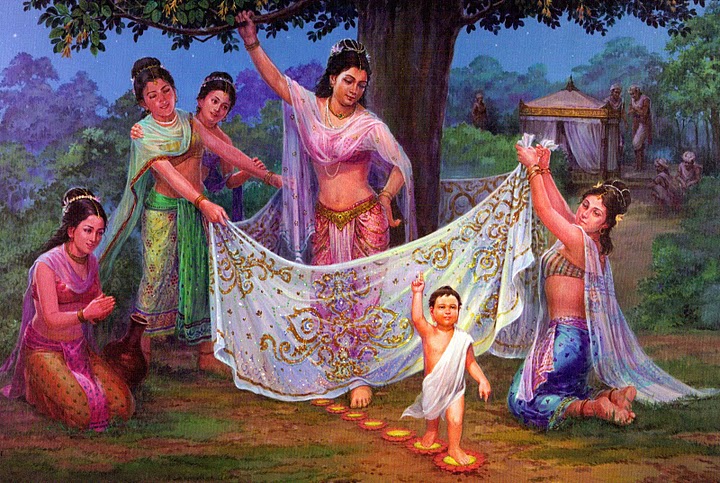

Having heard a prophecy regarding his son, Suddhodhana, wanting Siddhartha to follow in his own footsteps instead of becoming a holy man, made sure that his son would never want for anything, nor would he ever see anything that would cause him distress. Siddhartha was provided with the finest teachers and physical trainers, and at age 16 was married to a spectacularly beautiful woman named Yashodhara. However, Siddhartha always had a vague sense that all was not right; he couldn’t shake the feeling of dissatisfaction that seemed to follow him around like a dark shadow. As legend has it, Siddhartha then had what were later called the Four Insights.
Despite his father’s best efforts to prevent him from experiencing disagreeable things, Siddhartha happened to see someone who was suffering from an illness. Upon being told not only that this person was suffering with sickness, but also that all people are subject to becoming ill, Siddhartha was amazed and confused. The same thing happened when Siddhartha happened to see someone who was undergoing the effects of aging. Later, Siddhartha was amazed to see a funeral procession carrying a body to be cremated near the river, and was absolutely astounded to hear that people must someday experience death. Finally, the young man happened to see a spiritual seeker whose demeanor was that of peacefulness and equanimity.
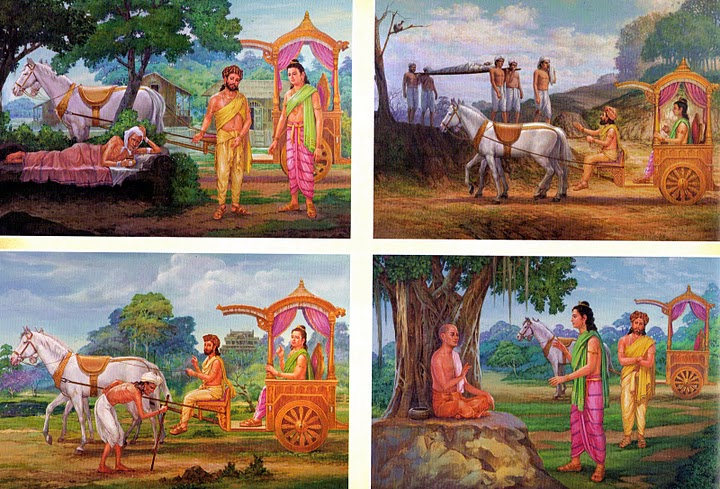
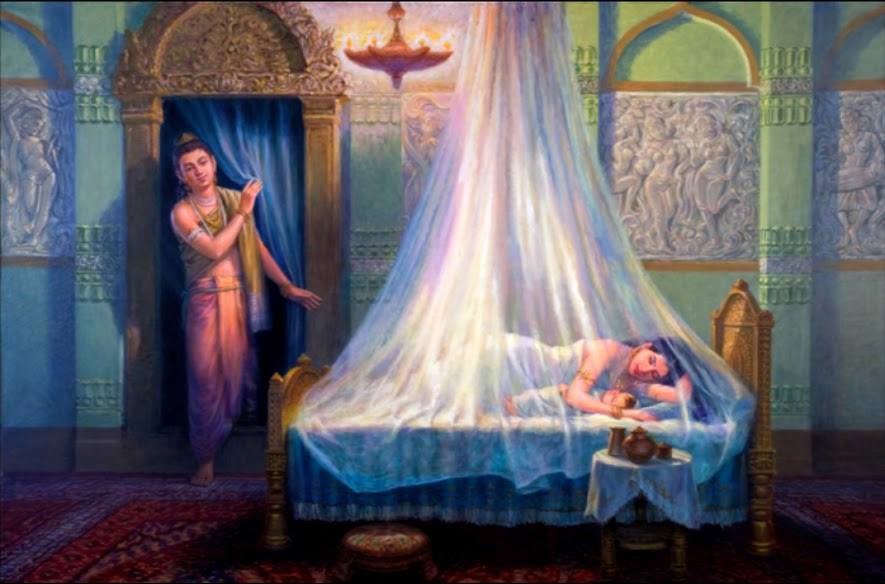
These four insights profoundly affected Siddhartha; when his own son was born he named the child Rahula, which means “fetter” (similar to naming a modern child “burden”). This is how deep Siddhartha’s dissatisfaction with life was,even though he basically had it all: good looks, perfect health, genius-level intelligence, more money than he could count, a beautiful home, a stunningly beautiful wife and a new baby boy. This root dissatisfaction with things would eventually lead him to consider leaving this life of luxury in order to find true peace, and that is exactly what he did.
Siddhartha still couldn’t shake his feeling that he needed to do something to ease his feelings of dissatisfaction with life. Eventually he made up his mind that he was going to go out into the world to seek the ultimate. He ordered his charioteer Channa to saddle his horse,looked in on his sleeping wife and child one last time, and slipped out of the palatial residence past the guards that his father had posted to keep him from leaving. Thus began his journey to seek ultimate truth. Before he finally parted with his faithful charioteer, Siddhartha gave Channa a jewel to give to his father, his foster mother and his wife. He told Channa to relay the message that he was going to seek to cut off the roots of desire, which is the cause of suffering. He was 29 years old.
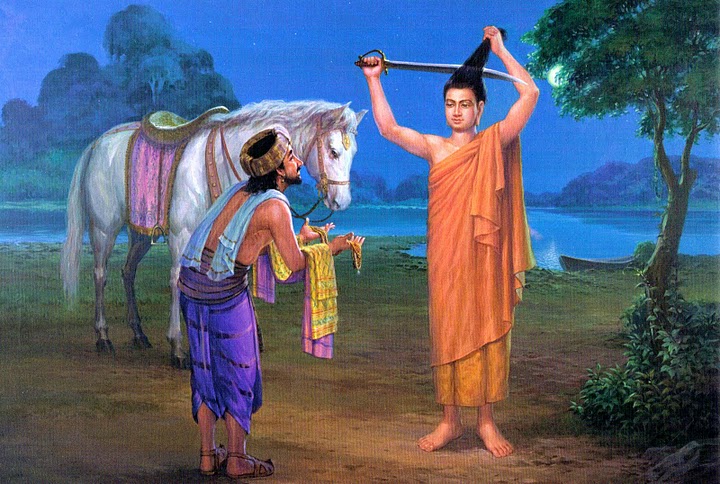
The Way of the Ascetic
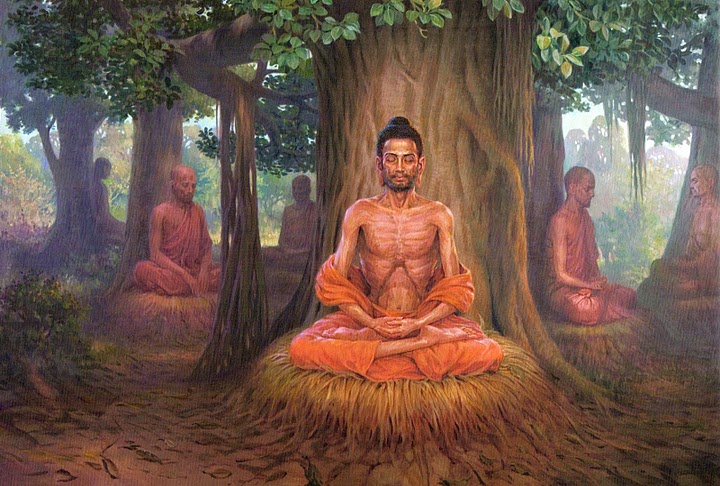
Siddhartha traveled to the south where he encountered two famous spiritual teachers from whom he mastered techniques of meditation, but Siddhartha still felt he was no closer to his goal of transcending illness, aging and death.
Siddhartha next took up with a group of 5 ascetic practitioners who lived along the banks of the Nairanjana River. Together they did what we in modern times might call high-level yoga practices such as living on one grain of rice a day, holding their breath for long periods of time, burying themselves in earth up to their necks for days at a time, and so on. Siddhartha’s abilities as an ascetic were so great that the other 5 ascetics considered him their leader and teacher.
But when Siddhartha reflected on what he had attained to that point, he realized that even though he was now a high-level spiritual master, he was still no closer to his goal than he was when he started his quest. He took a look at his body and found it to be emaciated, just the opposite of the tanned, muscular youth he was when he left home. It occurred to Siddhartha that the path to enlightenment must lie in the area between the extremes of materialism/asceticism and of absolute existence/absolute nonexistence. And so, after 6 years of arduous study, Siddhartha left his small community of ascetics to seek enlightenment through the Middle Way.
Siddhartha made his way to a deer park near Benares, the modern-day city of Varanasi. He regained his strength and vigor, sat down beneath a Pipal tree which would later become known as the Bodhi (enlightenment) Tree, and vowed to himself that he would meditate for as long as it took to find the ultimate truth or die trying.
Becoming an Awakened One
As the story goes, the first thing Siddhartha did was to confront illusion itself which took the form of the Indian god Mara, the Lord of Illusion. Various illusions, desires and fears presented themselves in forms which included beautiful women, demons, terrible armies and other apparitions. Siddhartha saw through them all, though, and so continued on toward the final enlightenment he had been seeking. During his meditative absorption, Siddhartha remembered his former lives clearly, he gained the knowledge of birth and death, also known as the Divine Eye, and he cast off the ignorance which had caused all his rebirths, transcending that karma for all time.
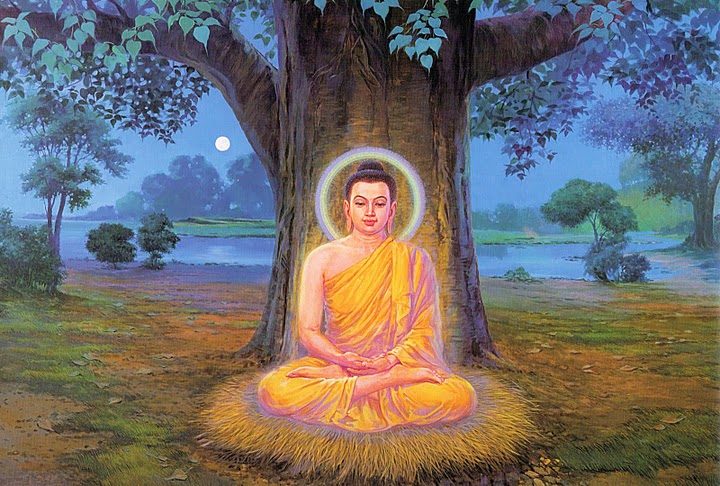
He saw that experience is characterized by three qualities, namely Impermanence (anitya), Unsatisfactoriness or Suffering (dukkha), and the lack of a discrete self or essence (anatman). He realized the Four Noble Truths which would become the basis of all Buddhist teachings:
- Conditioned existence is characterized by suffering and discontent which are woven into the fabric of our daily life.
- The cause of this suffering is habitual craving and desire.
- It is possible to transcend this suffering by extinguishing craving and desire.
- There is a path which leads to the end of suffering and rebirth (Right Understanding, Right Intention, Right Speech, Right Action, Right Livelihood, Right Effort, Right Mindfulness, Right Concentration).
After this incomparable struggle, on the morning of December 8th as the planet Venus shone brightly in the sky, Siddhartha became a Buddha, an Awakened One at the age of 35. He would crisscross northern India compassionately spreading his teachings to all for the next 45 years. And the world has never been the same.
